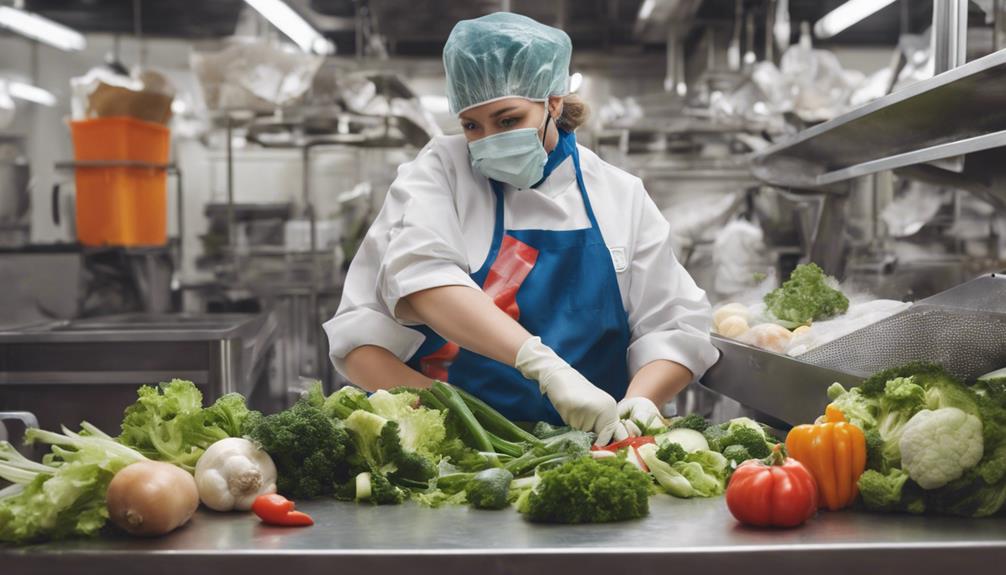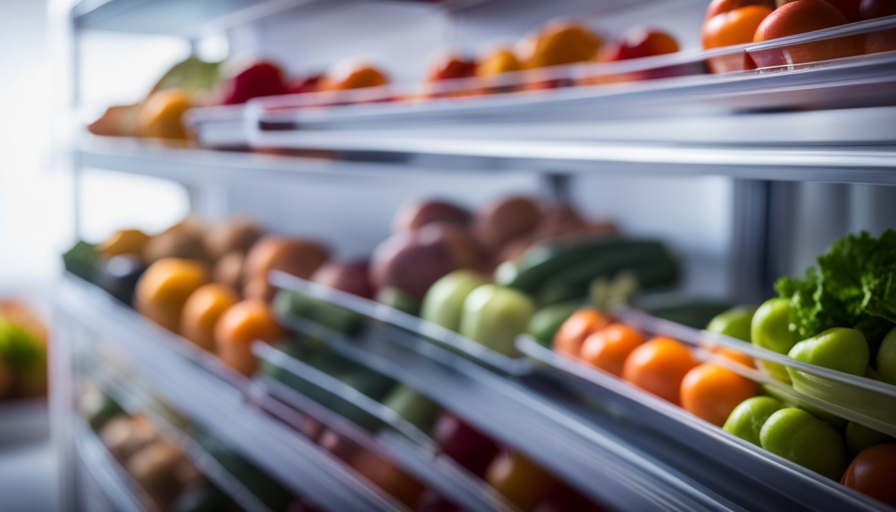Located in the high elevations of Ethiopia, there is a special treasure awaiting coffee lovers who are looking for a unique experience. Ethiopian Sidamo coffee, along with Yirgacheffe and Harrar, is well-known for its exceptional flavor and unmatched taste profiles. Grown at elevations between 5,085 and 7,217 feet above sea level, Sidamo beans have a longer maturation period, allowing them to absorb nutrients from the surrounding environment. This results in a flavorful and delicious cup of coffee.
The majority of Sidamo beans are meticulously dried on raised beds, a method that amplifies their natural sweetness and floral notes. For those seeking the pinnacle of brewing excellence, the coffee siphon is recommended, as it delicately extracts a complex symphony of flavors. The medium roast level is the key to unlocking the full potential of Sidamo beans, offering a developed flavor, medium body, and a blissful absence of bitterness.
This single-origin Arabica coffee variety, a mutation of the Typica subvariety, boasts a medium body, vibrant finish, and an unmistakable infusion of floral and citrus notes. Prepare to embark on a sensory journey like no other, as Ethiopian Sidamo coffee unveils a new realm of caffeinated pleasure.
Key Takeaways
- Ethiopian Sidamo coffee beans are highly prized for their cup quality and broad range of flavor profiles.
- Sidamo coffee beans are strictly high-grown coffees, cultivated at an elevation of 5,085 to 7,217 feet above sea level.
- Most Sidamo coffee beans are dried on raised beds, resulting in sweeter and more floral notes.
- The ideal brew method for Sidamo beans is the coffee siphon, which yields a complex, delicate cup.
The Flavor Profile
The flavor profile of Ethiopian Sidamo coffee is known for its broad range of flavors, including floral and citrus notes, a medium body, and a bright finish.
The flavor notes in Sidamo coffee can vary, but commonly include hints of jasmine, bergamot, lemon, and blueberry. These delicate and complex flavor characteristics make Sidamo coffee highly sought after by coffee enthusiasts who appreciate the nuanced taste experience.
The medium body of Sidamo coffee provides a satisfying mouthfeel without being too heavy or overpowering.
The bright finish adds a refreshing and lively quality to the overall taste. These flavor attributes make Sidamo coffee a versatile choice for different taste preferences, as it can be enjoyed black or with milk and sugar.
Whether brewed using the coffee siphon or other gentle brewing methods, Sidamo coffee consistently delivers a delicious and well-balanced cup.
Growing Conditions
Nestled in the highlands of Ethiopia, where the air is crisp and the soil rich, a symphony of natural elements orchestrate the growth of a bean that captivates the senses and delights the palate. Ethiopian Sidamo coffee beans thrive in the high elevation of 5,085 to 7,217 feet above sea level. This high elevation provides the perfect conditions for the beans to develop their unique flavor profiles. The nutrient-rich ecosystem surrounding the coffee plants contributes to the exceptional taste of Sidamo coffee. The plants absorb nutrients from the surrounding trees and shrubs, allowing sugars to develop and flavor the bean. This results in a coffee that is flavorful, sweet, and well-balanced. The combination of high elevation and a nutrient-rich ecosystem creates the ideal conditions for growing the prized Ethiopian Sidamo coffee.
| High Elevation | Nutrient Rich Ecosystem |
|---|---|
| 5,085 to 7,217 feet above sea level | Surrounding trees and shrubs provide nutrients for the coffee plants |
Brewing Recommendations
Located in the highlands of Ethiopia, the ideal brewing recommendations for Sidamo beans include using the coffee siphon method and opting for a medium roast.
The coffee siphon, also known as a vacuum pot, is a brewing technique that produces a complex and delicate cup of coffee. It involves using two chambers, one for brewing and one for filtering, creating a vacuum pressure that extracts the flavors from the beans. This method is particularly suitable for Sidamo beans as it brings out their floral and citrus notes, resulting in a well-balanced and flavorful cup.
When it comes to equipment, a coffee siphon is necessary for this brewing technique. Additionally, a medium roast is recommended as it allows the flavors of the Sidamo beans to develop fully without introducing any bitterness.
Frequently Asked Questions
What is the history and cultural significance of the Ethiopian coffee ceremony?
The history and cultural significance of the Ethiopian coffee ceremony is rooted in centuries-old traditions. This elaborate ceremony is a symbol of hospitality and unity in Ethiopian culture, bringing people together to share in the preparation and enjoyment of coffee.
Passed down through generations, the ceremony involves roasting, grinding, and brewing coffee beans in a small saucepan with boiling water. It holds deep historical and social importance, representing community, friendship, and the Ethiopian way of life.
The ceremony has become an integral part of Ethiopian traditions, showcasing the country’s rich coffee heritage.
How does the elevation at which Sidamo coffee beans are grown affect their flavor?
The elevation at which Sidamo coffee beans are grown significantly impacts their flavor profile. Being cultivated at an elevation ranging from 5,085 to 7,217 feet above sea level, the longer maturation period and additional nutrients obtained from the surrounding ecosystem contribute to a flavorful and well-balanced cup.
The higher altitude allows for slower cherry development, resulting in a sweeter taste with floral and citrus notes. This elevation impact on the beans creates a unique and highly prized flavor characteristic of Sidamo coffee.
Are there any specific roast levels that should be avoided when brewing Sidamo coffee?
When brewing Sidamo coffee, it is advisable to avoid certain roast levels. Opting for extremely light or dark roasts may not bring out the best flavors and characteristics of these beans. Instead, a medium roast is recommended as it provides a developed flavor and medium body without any bitterness.
Additionally, the elevation at which Sidamo coffee beans are grown has a significant effect on their flavor. The higher altitude, ranging from 5,085 to 7,217 feet above sea level, results in a longer maturation period and additional nutrients, yielding a flavorful and well-balanced cup.
Can Sidamo coffee beans be used in espresso machines?
Sidamo coffee beans can indeed be used in espresso machines. These beans, known for their medium body, bright finish, and floral, citrus notes, can produce a delightful espresso.
The medium roast level is recommended for Sidamo beans to bring out their best flavor without any bitterness. When brewed in an espresso machine, the result is a discerning and flavorful cup of coffee, capturing the unique characteristics of Sidamo beans.
Are there any unique characteristics or flavors that set Sidamo coffee apart from other Ethiopian coffee varieties?
Sidamo coffee beans possess unique characteristics and flavors that distinguish them from other Ethiopian coffee varieties. Known for their cup quality, Sidamo beans are cultivated at high altitudes, resulting in a longer maturation period and additional nutrients from the surrounding ecosystem. This yields a well-balanced and flavorful cup with floral and citrus notes.
The beans are typically dried on raised beds, enhancing their sweetness. Sidamo is a single-origin Arabica coffee variety, and its medium roast level brings out its developed flavor and medium body without bitterness.
What Flavor Profile Can I Expect from Ethiopian Sidamo Coffee Compared to Coffee Pods?
When comparing Ethiopian Sidamo coffee to origins and varieties of coffee pods, you can expect a unique flavor profile. Ethiopian Sidamo offers a smooth and slightly fruity taste with a hint of wine-like acidity and floral aroma. In contrast, coffee pods may offer a more standardized and consistent flavor profile.
Conclusion
In conclusion, Ethiopian Sidamo coffee stands out for its exceptional flavor and diverse taste profiles. Grown at high elevations, these beans benefit from a longer maturation period, resulting in a well-balanced, sweet, and flavorful cup.
With its medium roast level, Sidamo beans offer a developed flavor and medium body without any bitterness. The brewing method of choice, the coffee siphon, further enhances the delicate and complex nature of this coffee.
With distinct floral and citrus notes, Sidamo coffee truly represents the exquisite flavors of Ethiopian coffee culture.










